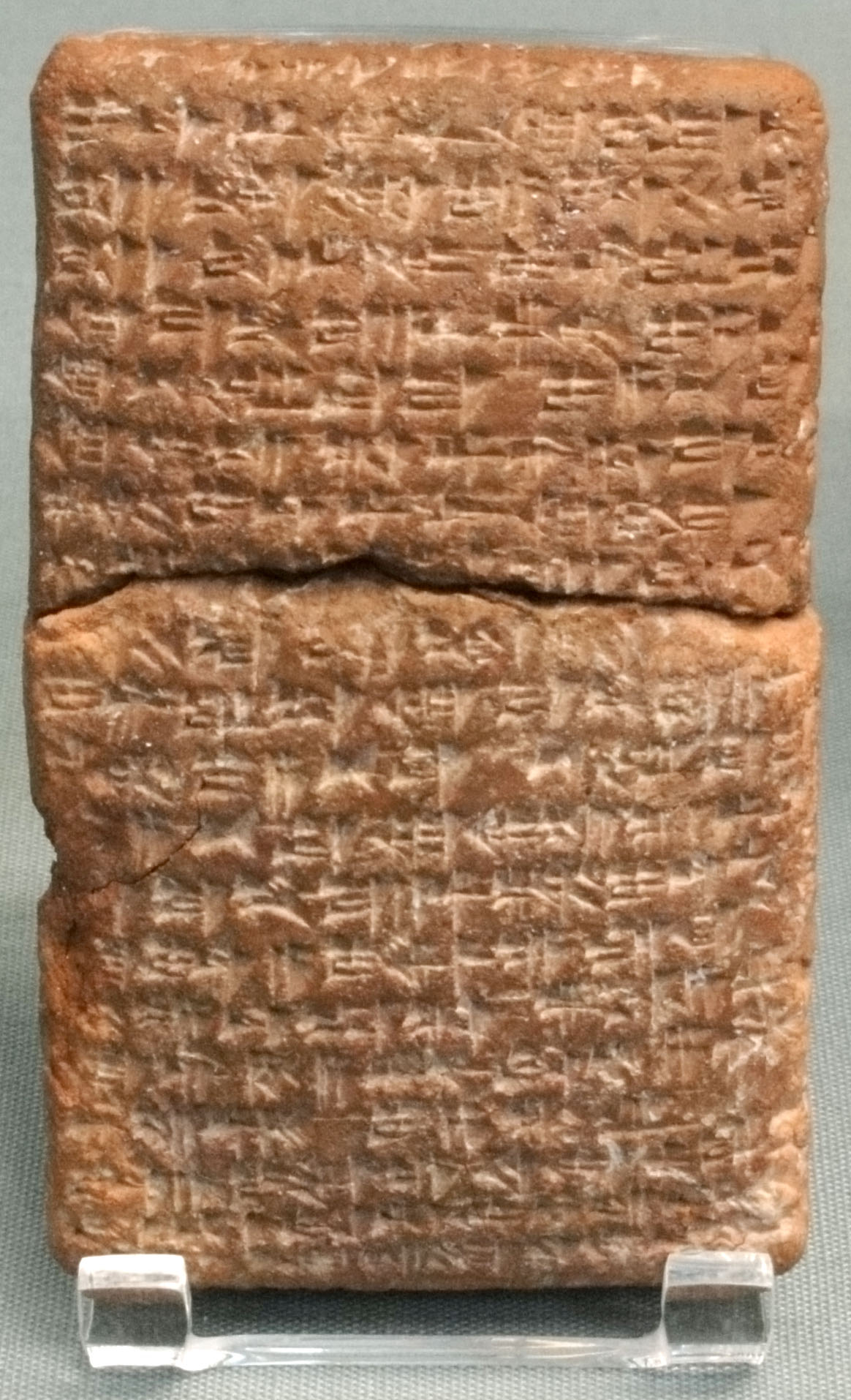|
Acts 22
Acts 22 is the twenty-second chapter of the Acts of the Apostles in the New Testament of the Christian Bible. It records the events leading to Paul's imprisonment in Jerusalem. The book containing this chapter is anonymous, but early Christian tradition uniformly affirmed that Luke composed this book as well as the Gospel of Luke.Holman Illustrated Bible Handbook. Holman Bible Publishers, Nashville, Tennessee. 2012. Text The original text was written in Koine Greek. This chapter is divided into 30 verses. Textual witnesses Some early manuscripts containing the text of this chapter are: * Codex Vaticanus (AD 325–350) * Codex Sinaiticus (330–360) * Codex Bezae (~400) * Codex Alexandrinus (400–440) * Codex Ephraemi Rescriptus (~450; extant verses 21–30) * Codex Laudianus (~550) Locations The events in this chapter took place in Jerusalem. Some other places are also mentioned in this chapter: *Cilicia *Damascus *Nazareth * Tarsus Paul's speech in the Temple (verses 1–21 ... [...More Info...] [...Related Items...] OR: [Wikipedia] [Google] [Baidu] |
Acts Of The Apostles
The Acts of the Apostles (, ''Práxeis Apostólōn''; ) is the fifth book of the New Testament; it tells of the founding of the Christian Church and the spread of The gospel, its message to the Roman Empire. Acts and the Gospel of Luke make up a two-part work, Luke–Acts, by the same anonymous author. Traditionally, the author is believed to be Luke the Evangelist, a doctor who travelled with Paul the Apostle. It is usually dated to around 80–90 AD, although some scholars suggest 110–120 AD.Tyson, Joseph B., (April 2011)"When and Why Was the Acts of the Apostles Written?" in: The Bible and Interpretation: "...A growing number of scholars prefer a late date for the composition of Acts, i.e., c. 110–120 CE. Three factors support such a date. First, Acts seems to be unknown before the last half of the second century. Second, compelling arguments can be made that the author of Acts was acquainted with some materials written by Josephus, who completed his Antiquities of the J ... [...More Info...] [...Related Items...] OR: [Wikipedia] [Google] [Baidu] |
Codex Alexandrinus
The Codex Alexandrinus (London, British Library, Royal MS 1. D. V-VIII) is a manuscript of the Greek Bible,The Greek Bible in this context refers to the Bible used by Greek-speaking Christians who lived in Egypt and elsewhere during the early history of Christianity. This Bible contained both the Old and New Testaments in Koine Greek. written on parchment. It is designated by the siglum A or 02 in the Gregory-Aland numbering of New Testament manuscripts, and δ 4 in the von Soden numbering of New Testament manuscripts. It contains the majority of the Greek Old Testament and the Greek New Testament. It is one of the four Great uncial codices (these being manuscripts which originally contained the whole of both the Old and New Testaments). Along with Codex Sinaiticus and Vaticanus, it is one of the earliest and most complete manuscripts of the Bible. Using the study of comparative writing styles (palaeography), it has been dated to the fifth century. It derives its name fr ... [...More Info...] [...Related Items...] OR: [Wikipedia] [Google] [Baidu] |
Cilicia
Cilicia () is a geographical region in southern Anatolia, extending inland from the northeastern coasts of the Mediterranean Sea. Cilicia has a population ranging over six million, concentrated mostly at the Cilician plain (). The region includes the provinces of Mersin, Adana, Osmaniye and Hatay. Name The name of Cilicia () was derived from (), which was the name used by the Neo-Assyrian Empire to designate the western part of what would become Cilicia. The English spelling is the same as the Latin, as it was transliterated directly from the Greek form Κιλικία. The palatalization of c occurring in Western Europe in later Vulgar Latin () accounts for its modern pronunciation in English. Geography Cilicia extends along the Mediterranean coast east from Pamphylia to the Nur Mountains, which separate it from Syria. North and east of Cilicia stand the rugged Taurus Mountains, which separate it from the high central plateau of Anatolia, and which are pierced by a ... [...More Info...] [...Related Items...] OR: [Wikipedia] [Google] [Baidu] |

